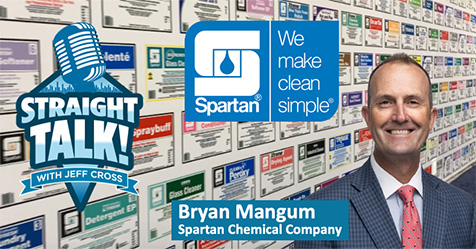In-Person Becomes Dominant Policy Again
For the first time since the COVID-19 pandemic universalized remote work, more than half of Fortune 100 employees in traditionally office-bound, desk jobs are fully back in the office, according to a Jones Lang LaSalle Inc. (JLL) report.
Office attendance in April and May was up 1.3% when compared to the same period last year. Further, the most desirable buildings are reaching record prices. “Trophy buildings across Miami, New York City, San Francisco, and other markets captured all-time high rents,” JLL noted. According to Bloomberg, new construction is asking US$92.38 per square foot—the highest on record.
Hybrid schedules, which two years ago were offered to 78% of desk workers at the 100 largest U.S. companies by revenue, are now available to just 41% of them. Moreover, Fortune 100 employees required to have full-time office attendance has jumped to 54% from 5%.
At the same time, with vacancies hovering above 22%, developers are pulling older buildings off the market. JLL reported national office inventory declined by 700,000 square feet last quarter, as demolitions and conversions—mainly to residential, industrial, or mixed-use developments—outpaced new construction.
The return of employees helps justify costly office leases in premium buildings. Among the 10 largest Fortune 100 employers, JLL found that seven now require at least four days a week in-person, while the other three demand full-time attendance. According to the report, the average in-office requirement of the Fortune 100 rose to 3.8 days per week in the second quarter of 2025, up from 2.6 days in the second quarter of 2023.
Office mandates haven’t been without their ups and downs for big employers, several of which had to regroup after running out of space for all of their returning workers.

